Unlocking the Future: How Alternative Energy Solutions Can Power a Sustainable Tomorrow
As the world grapples with the pressing challenges of climate change and dwindling fossil fuel resources, the demand for innovative energy solutions has never been more critical. The alternative energy sector is poised for exponential growth, with projections from the International Energy Agency indicating that renewable energy sources could account for over 80% of global electricity generation by 2050. This transition not only supports environmental sustainability but also opens up economic opportunities, potentially creating 24 million jobs in the renewables sector by 2030, according to the International Renewable Energy Agency. Embracing the potential of the alternative energy landscape is crucial for paving the way toward a sustainable tomorrow, showcasing how advancements in technology and policy can lead to a greener future for generations to come.

The Rise of Renewable Energy Technologies: A New Era for Sustainable Power
The rise of renewable energy technologies marks a pivotal transition in our approach to sustainable power. As concerns about climate change and environmental degradation intensify, innovations in solar, wind, hydroelectric, and geothermal energy are becoming increasingly vital. These technologies not only promise to reduce dependence on fossil fuels but also offer a pathway to a cleaner, healthier planet. Solar panels and wind turbines have evolved significantly, becoming more efficient and accessible, driving down costs and enabling widespread adoption.
Moreover, advancements in energy storage solutions, such as batteries and smart grid technologies, are critical for integrating these renewable sources into the existing energy infrastructure. As renewable energy becomes more reliable, the potential for decentralized energy systems grows, allowing communities to generate power locally and reduce transmission losses. This new era of sustainable power is not just an environmental imperative; it also presents significant economic opportunities, fostering innovation and creating jobs in the expanding green technology sector. With continued investment and research, renewable energy will play a crucial role in powering a sustainable and resilient future.
Renewable Energy Capacity Growth (2015-2023)
This bar chart illustrates the growth of renewable energy capacity from 2015 to 2023. It showcases the increasing trend in global investment and development of alternative energy sources, emphasizing the transition towards a sustainable future.
Innovative Solutions in Solar Energy: Harnessing the Sun's Potential
Solar energy has emerged as a pivotal solution in the quest for sustainable alternatives, with recent innovations pushing the boundaries of what is possible. Among the cutting-edge developments are floating solar systems that capitalize on underutilized water surfaces, as well as advanced battery storage technologies that enhance the reliability and scalability of solar power. These innovations not only harness the sun's abundant energy but also position solar as a cornerstone for a cleaner, greener future.
The dedication to harnessing solar potential is evident in various initiatives across the globe. From pioneering hybrid solar panels that maximize cost-efficiency to integrating photovoltaic systems with sustainable agriculture, the innovative applications of solar technology continue to grow. Encouragingly, driven individuals, including notable leaders and entrepreneurs, are championing these advancements, thus creating an inspiring movement towards utilizing solar power as a fundamental resource for both local communities and industries.
Wind Power Advancements: Transforming Blustery Days into Clean Energy
Wind power has emerged as a pivotal player in the transition towards renewable energy, with global installations surpassing 743 GW in 2020, marking a 9.7% increase from the previous year, according to the Global Wind Energy Council (GWEC). This impressive growth underscores the capacity of wind energy to harness natural forces, transforming blustery days into reliable, clean power sources. As countries strive to meet carbon reduction targets, investments in wind technology are accelerating, with projections estimating that wind could account for 20% of global electricity production by 2030.
Advancements in turbine technology have significantly enhanced the efficiency and output of wind farms. The latest generation of turbines, equipped with larger rotors and higher capacities, allows for energy generation even in low-wind conditions. The U.S. Department of Energy (DOE) reported that the average capacity factor for onshore wind projects has risen to 40%, indicating a more consistent energy supply. Furthermore, offshore wind farms are gaining traction, with installed capacity expected to reach 28 GW by 2026, further expanding the potential of wind energy as a cornerstone of a sustainable energy future. As innovations continue to drive this sector, wind power stands ready to play an integral role in combating climate change and providing clean energy solutions for generations to come.

The Role of Hydropower in a Sustainable Energy Landscape
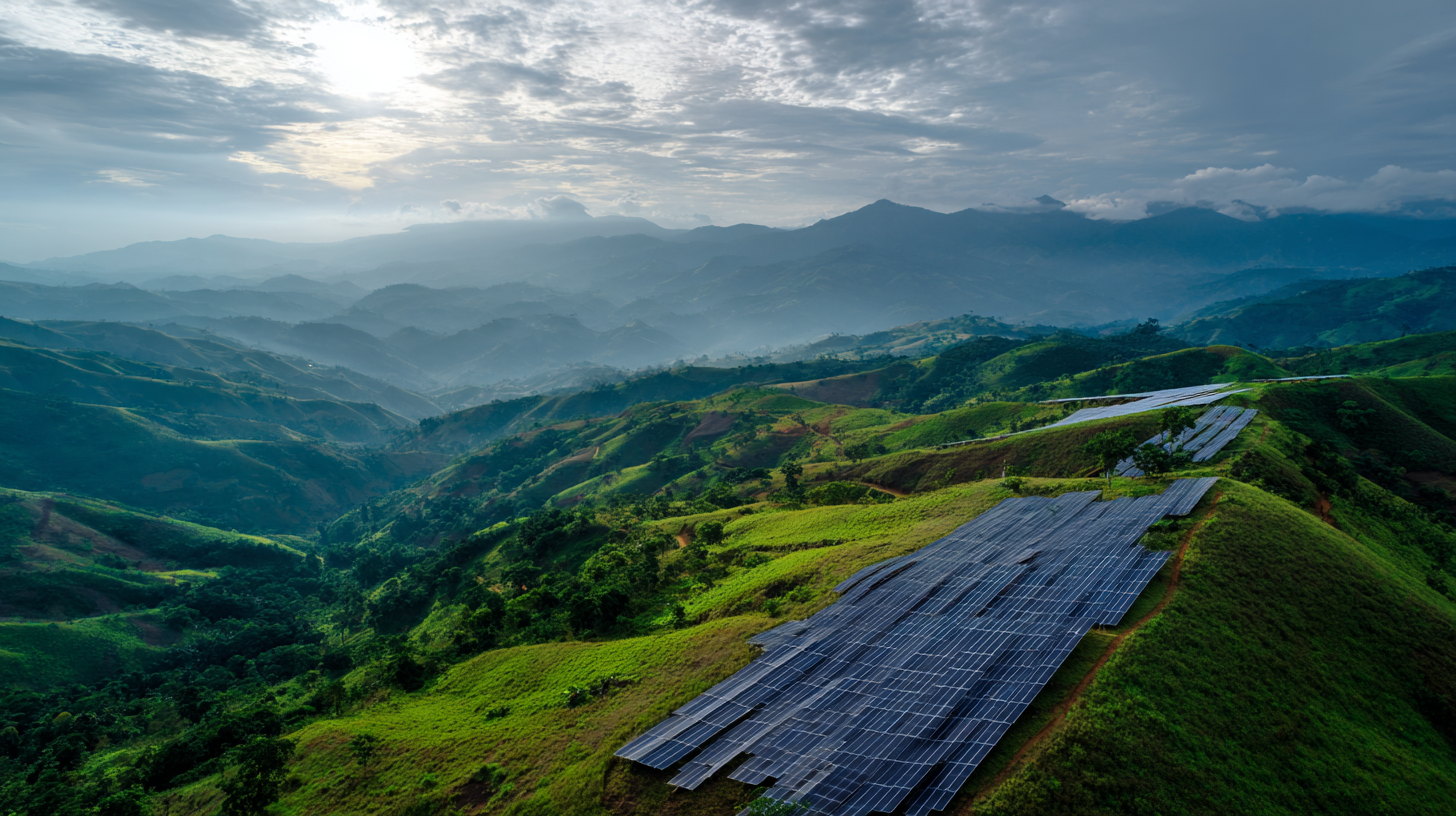 Hydropower stands out as a leading solution in the quest for sustainable energy sources. According to the International Hydropower Association (IHA), hydroelectric power currently accounts for about 16% of global electricity production, making it the largest source of renewable power worldwide. With advancements in technology and innovative approaches to dam design, the potential for hydropower can be substantially increased, especially in developing regions where energy demands are on the rise.
Hydropower stands out as a leading solution in the quest for sustainable energy sources. According to the International Hydropower Association (IHA), hydroelectric power currently accounts for about 16% of global electricity production, making it the largest source of renewable power worldwide. With advancements in technology and innovative approaches to dam design, the potential for hydropower can be substantially increased, especially in developing regions where energy demands are on the rise.
The World Bank estimates that hydropower could provide approximately 4,000 terawatt-hours of energy per year, which is enough to accommodate the energy needs of the world if managed sustainably. Moreover, the carbon footprint of hydropower facilities is significantly lower than that of fossil fuel power plants, contributing to climate change mitigation. As nations shift towards a more sustainable energy landscape, investing in hydropower not only enhances energy security but also supports economic development, particularly in rural areas that are often underserved by traditional energy infrastructure.
In addition to generating electricity, hydropower facilities can provide essential services like flood control and irrigation support. The U.S. Department of Energy reports that modern hydroelectric plants also incorporate fish passage technologies and environmental safeguards, demonstrating a commitment to preserving biodiversity while harnessing the natural power of water. Thus, the integration of hydropower into the global energy mix is crucial for achieving a sustainable tomorrow.
Exploring Bioenergy: Turning Waste into Valuable Renewable Resources
In the quest for sustainable energy solutions, bioenergy stands out as a viable path by transforming waste into renewable resources. Recent innovations highlight the potential of agricultural and construction waste to generate clean energy. For instance, wood waste from construction sites is being converted into renewable energy through cutting-edge AI-driven technologies, offering a dual benefit of mitigating waste and providing sustainable energy sources. Similarly, researchers have unveiled methods to convert corn stalks into low-cost sugars, paving the way for inexpensive biofuels that can significantly reduce dependency on fossil fuels.
Tips: Consider adopting local waste-to-energy initiatives in your community, which not only promote sustainability but also create job opportunities in the green sector. Additionally, explore partnerships with local agricultural producers to utilize crop residues and transform them into valuable biofuels, thereby supporting local economies while advancing environmental goals.
The hidden potential of agricultural waste should not be underestimated. For instance, olive pits, once regarded as mere byproducts, are being recognized for their capacity to generate sustainable biofuels, demonstrating that transforming waste into energy is not only feasible but also economically beneficial. As the energy landscape evolves, such practices will play a crucial role in fostering a circular economy and addressing climate challenges.
Unlocking the Future: How Alternative Energy Solutions Can Power a Sustainable Tomorrow
| Source of Bioenergy | Type of Biomass | Conversion Technology | Energy Output (GJ/year) | CO2 Reduction Potential (tonnes/year) |
|---|---|---|---|---|
| Agricultural Residues | Straw, Corn Stalks | Gasification | 500,000 | 100,000 |
| Organic Waste | Food Waste, Yard Waste | Anaerobic Digestion | 300,000 | 75,000 |
| Forest Residues | Wood Chips, Bark | Direct Combustion | 750,000 | 150,000 |
| Algae | Microscopic Algae | Biochemical Processes | 200,000 | 50,000 |
Related Posts
-
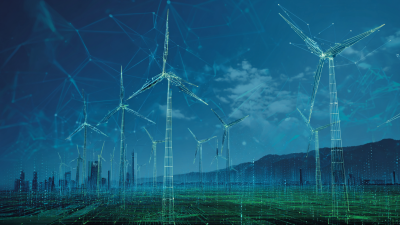
What is Energy Solutions and How They Impact Global Sustainability Efforts
-
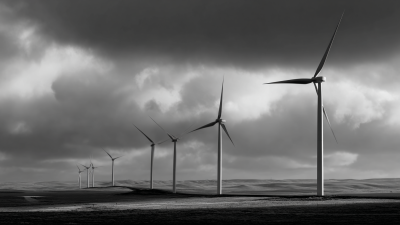
Harnessing Wind Energy for a Sustainable Future Beyond Fossil Fuels
-
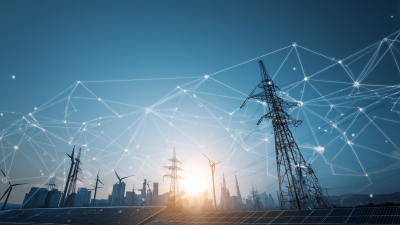
Revolutionizing Energy Solutions: Innovative Approaches for a Sustainable Future
-
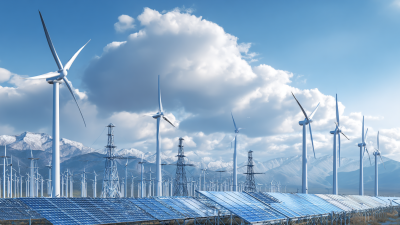
Exploring Sustainable Energy Innovations at 2025 China 138th Canton Fair
-
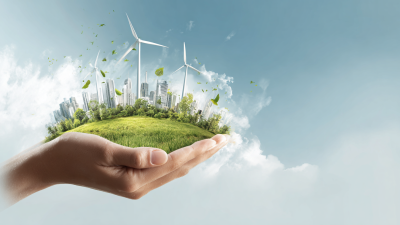
Harnessing Environmental Energy for a Sustainable Future Exploring Innovative Solutions and Global Impact
-

Harnessing Smart Grid Energy Innovations at the 2025 China Import and Export Fair

